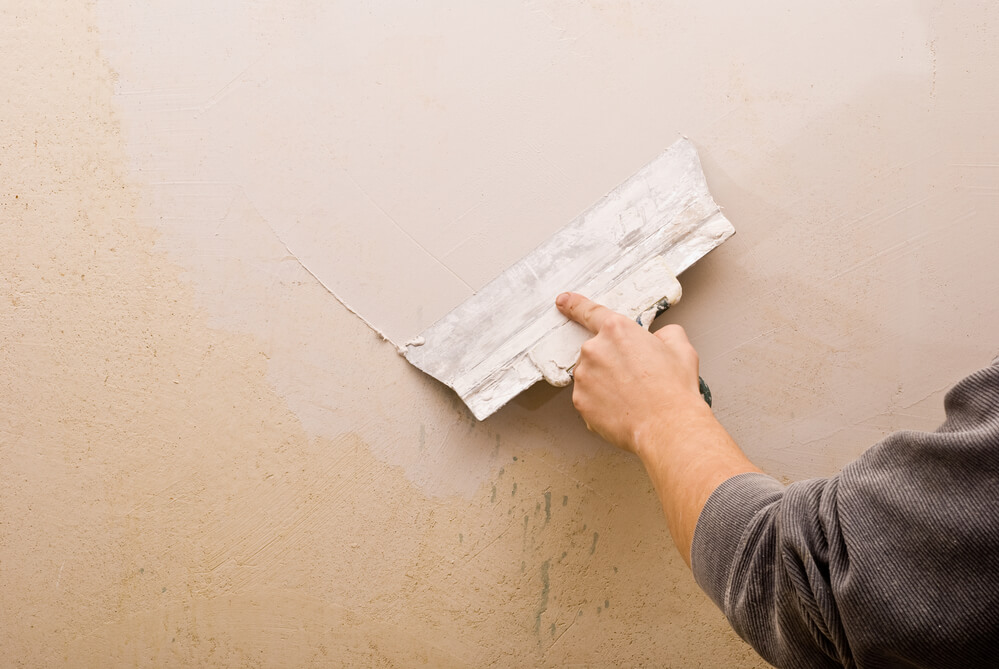
How to Repair Hairline Cracks in Plaster Walls
An unsightly crack in plaster, regardless of how small or large, can be a bit of a pain. Before we jump into how to best tackle this problem, let’s first get a breakdown of plaster, its uses, and how it differs from both stucco and drywall.
What Is Plaster Exactly?
Plaster is a protective coating used in a building. The most common version of plaster contains lime, gypsum, or cement, with all of these working roughly the same way. While it was most often used in older homes, it does have other applications, such as casts and reliefs.
Stucco and plaster are often considered to be the same, but according to Brooklyn Plaster Restoration, which does plaster repair in Brooklyn, traditional plaster and stucco have some differences. For one, stucco is often used in more ornate structures such as reliefs. Stucco specifically relates to this extravagant plaster work that can be found in many older mansions and castles.
Gypsum, lime, and cement have already been mentioned, but there is also clay and heat-resistant plaster. Clay is by far the oldest, as it was used in antiquity, while other versions rely on more modern methods, making them easier to mass produce.
How Can Plaster Be Used?
While most common as a wall covering, plaster is used in many different types of mural paintings and artwork. Plaster can also be used by funeral home directors to fix corpses, in medicine to support broken bones, and as a form of fire protection.
Plaster and drywall are both used for the same purpose, but there are some differences between the two. For one, drywall is considered significantly easier to fix, as it only consists of a single layer, whereas plaster has multiple layers. Drywall is also easier to install and produce, causing it to be used in more modern homes.
Drywall can be fixed by just cutting out the area in question and patching it over with a new piece. Plaster offers none of this, and thus needs to be repaired by directly preserving what is there rather than ripping out the bad part.
What Tools Do I Need to Repair Cracks in Plaster?
You’re going to need either a putty knife or a 5-in-1 tool to score the crack, a way to spread the joint compound, some fiberglass tape, and the joining compound itself. You will also need to set aside about thirty minutes to complete the project.
It may seem a little silly to make the crack bigger, but it is actually required for the compound to stick. Make sure to do this carefully; while a 5-in-1 or putty knife works best, a dull utility knife can also be used as well.
There are a few different types of joint compound: all-purpose, topping, taping, and quick-setting. While any of these can be used, it is recommended to use taping, as it is the best in terms of bonding to plaster while also being crack resistant.
How Do I Fix the Crack?
Make sure to use a wide taping knife. While most common in drywall applications, it can work wonders in plaster fixes. Make sure to smooth it out by dragging a thin layer to either side. After all is said and done, you don’t want to see an increase in “elevation”.
Now you can start taping. All you need to do is cut to the appropriate length and carefully press the tape against the wet area. Be careful not to create any bunches or bubbles; if you do, just slowly rub out the spots with your hand or the taping knife.
After the compound completely dries, you need to apply a second thinner layer over the tap. Make sure to feather it out at least two to three inches past the taped area so as to get the appearance of flatness.
Once everything is completely dry, use a high grit sandpaper to shave away any unsightly areas that might be arising. From here, you are going to want to do another feathering layer of drywall, this time extending anywhere from six to eight inches past the tape, and again if necessary.
A third feathering is recommended, but not always needed. It really depends on how good your first couple of coats were. If you do another coat, make sure to extend this one out the farthest, up to twelve inches.
Conclusion
Plaster is a tough substance used in a wide range of things, but most commonly in older homes. Fixing plaster is a little bit trickier than drywall, as it requires multiple layers of joint compound carefully feathered out and sanded as needed.

